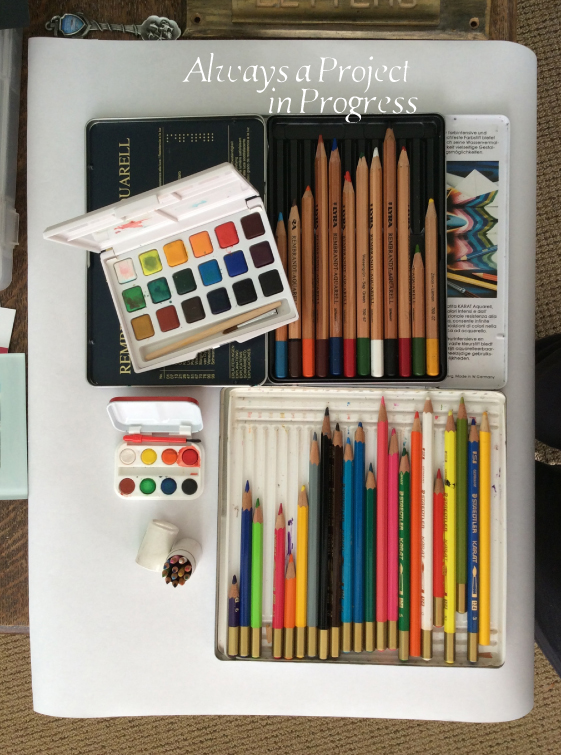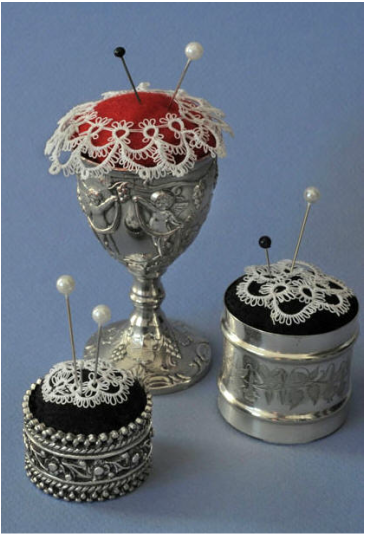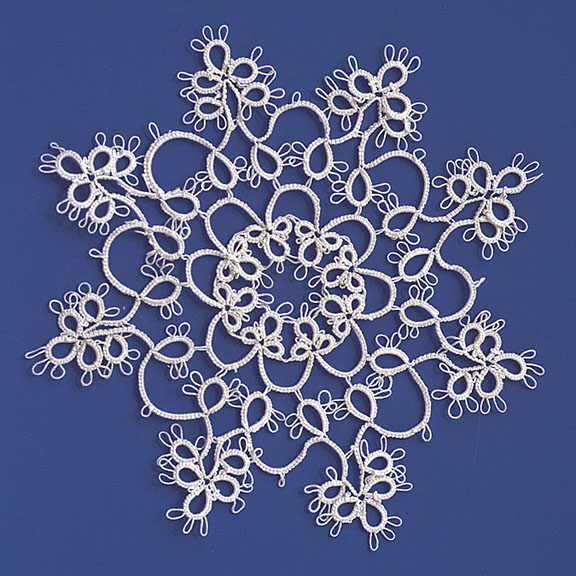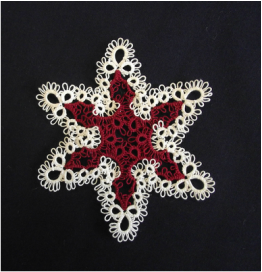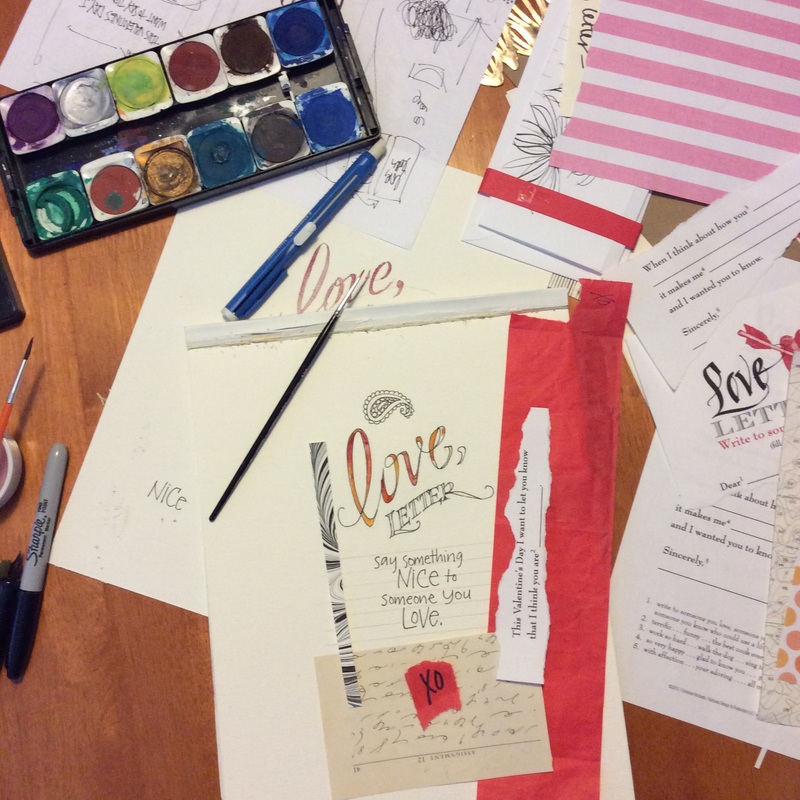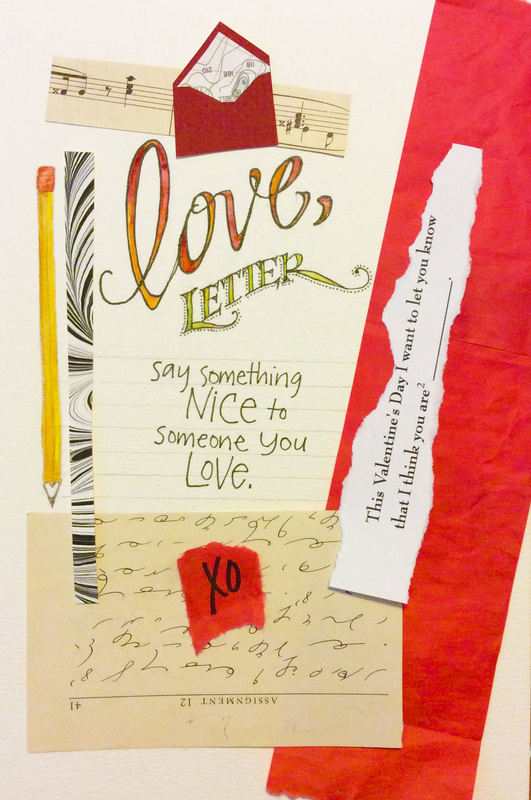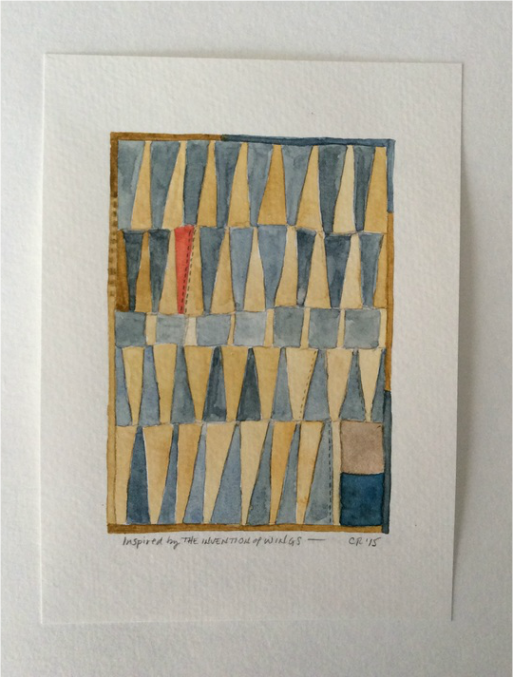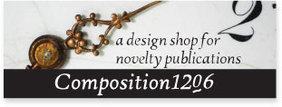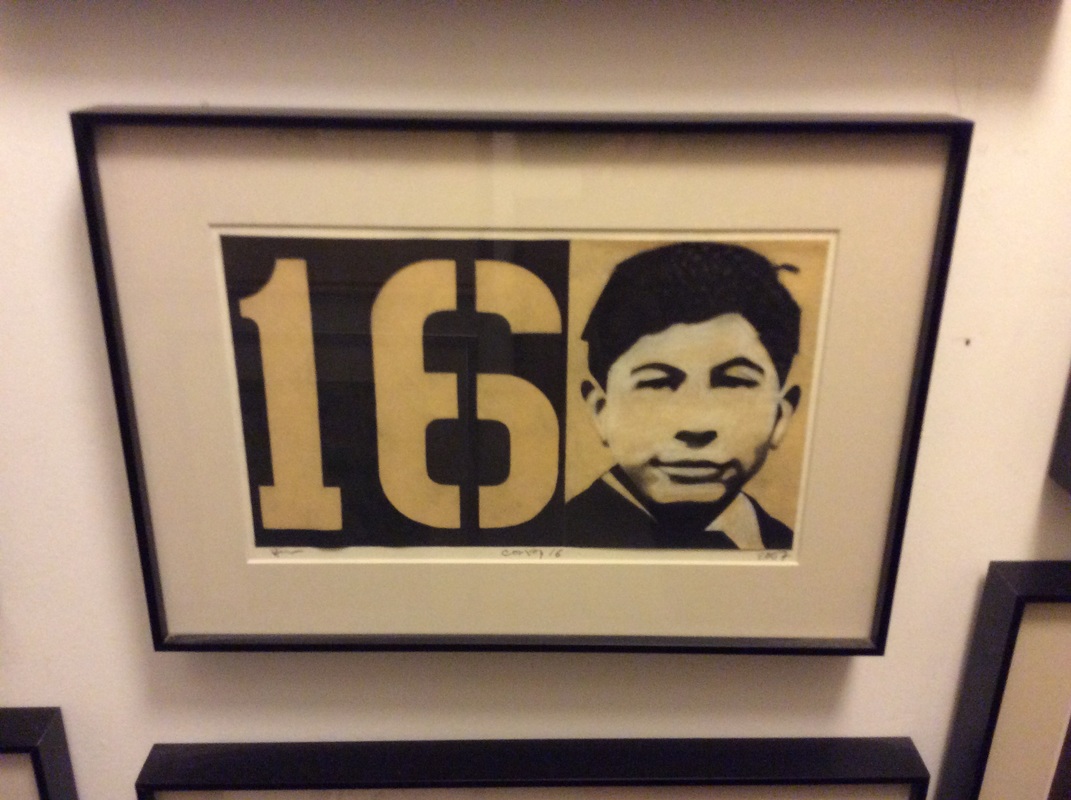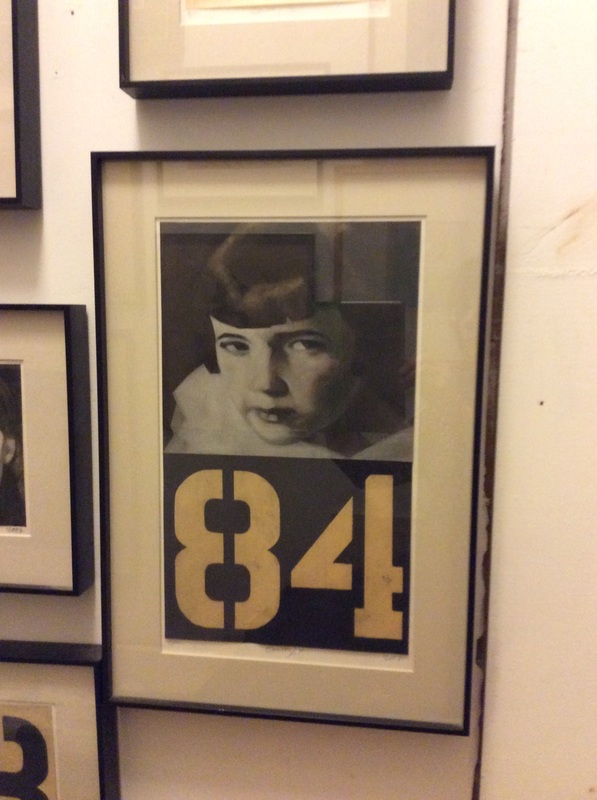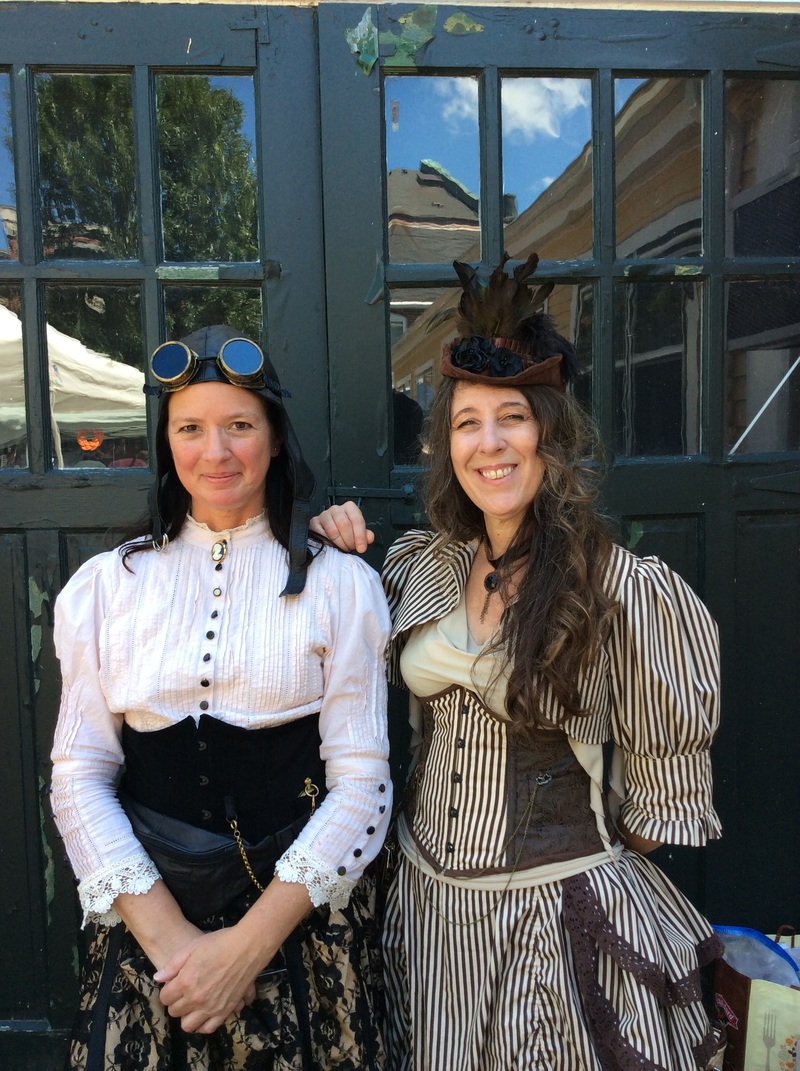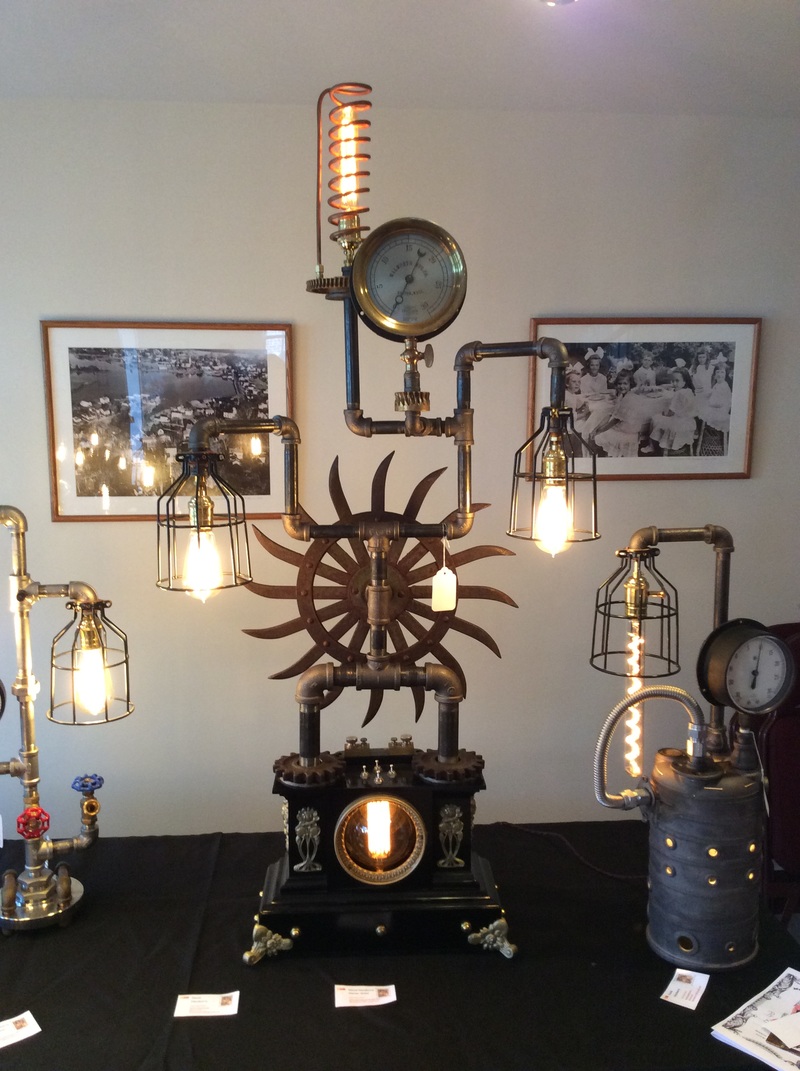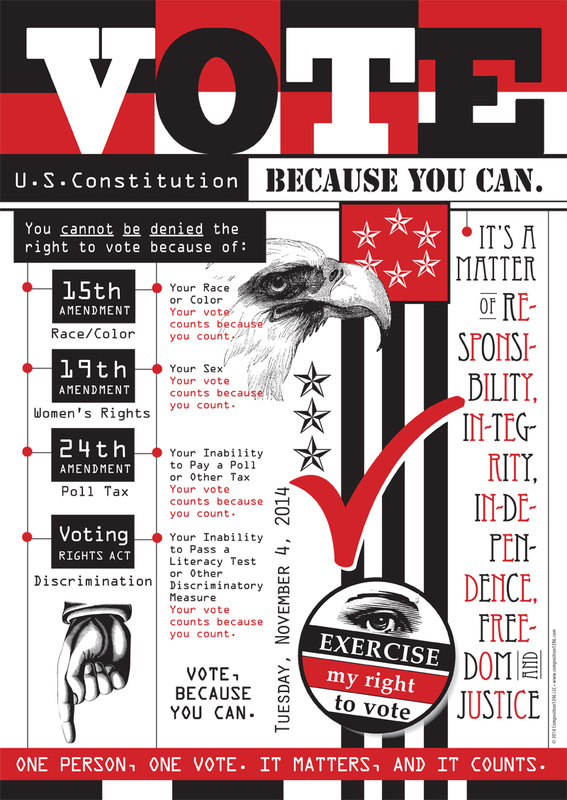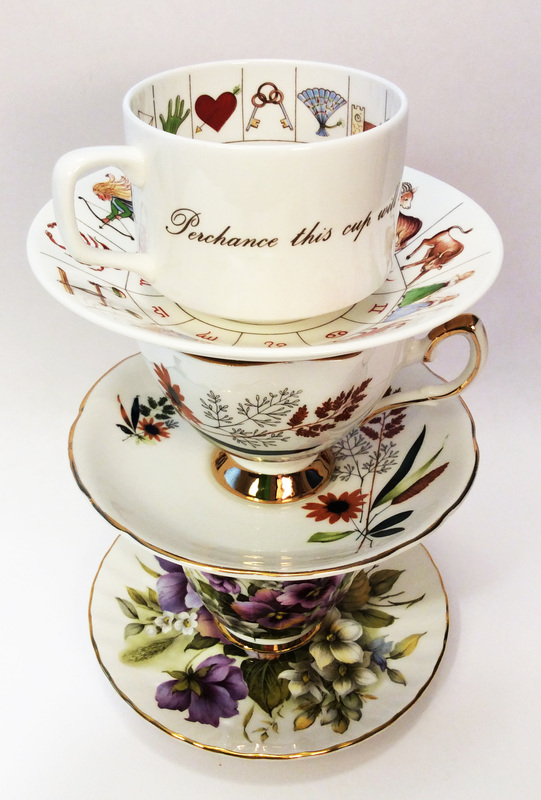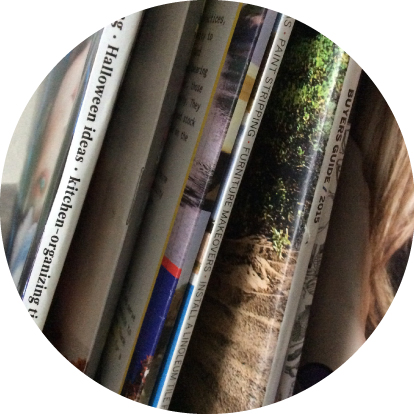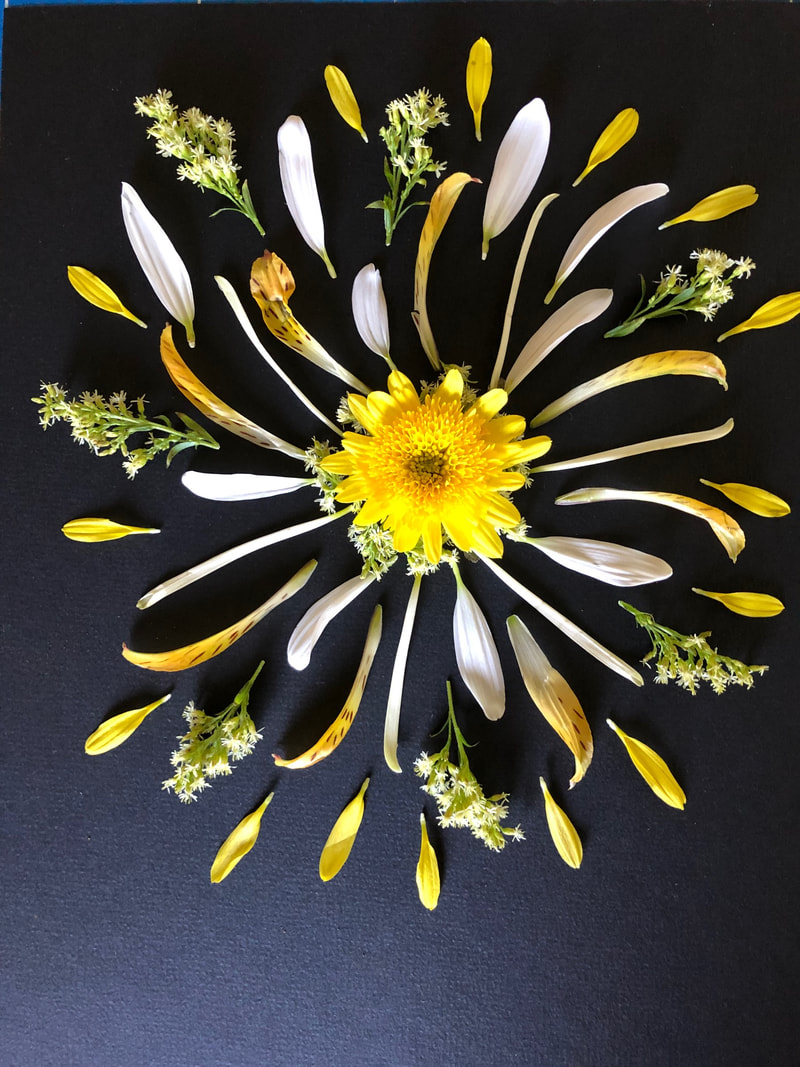|
Always a Project in Progress #1 and #2 - Book List
Below is the list of books from yesterday’s post. I’ve settled on one project idea (art related, gleaned from looking through The Little Book of Big Decorating Ideas), and continue to look for the second. For now I will say that it won’t be a magic trick. Magic is more performance art and a bit too complicated to tackle for one of these first two projects. So a little more thought and research - online and in books - to find the second. If you're interested, you may want to work along with us . . . Project #1 and Project #2 . . . TBA! Update: Project #1 Collage and #2 Short Poems working together as part of my Walk About series - you'll find them in the blog under Always a Project as well as Walking. The Little Book of Big Decorating Ideas 287 Clever Tips, Tricks, and Solutions By McColl, Katy My First Magic Book By Lawrence Leyton We Love to Sew 28 Pretty Things to Make: Jewelry, Headbands, Softies, T-shirts, Pillows, Bags & More By Annabel Wrigley The Crafter’s Guide to Taking Great Photos The Best Techniques for Showcasing your Handmade Creations By Heidi Adnum
0 Comments
Elaine O'Donal is an award-winning lace artist. Under the name Tatted Webs, Elaine makes tatted lace ornaments, wearables, and lovely household pieces. I first caught up with Elaine at the Art on the Hill show last fall where she was busy tatting—and talking with customers! To get started, could you tell me a bit about yourself. I am originally from New Hampshire, and moved to Maine when I got married. I am a wife, mother of two daughters, and grandmother of two. I have always said that my business grew as my daughters did. When I’m not tatting, I have a number of other pursuits. I love music, reading, fencing, bike riding, and x-country skiing. How did you learn to make lace? Is it a family tradition? I didn't know anybody who tatted when I started. I like many other people, I thought I could teach myself. When that didn’t work, I was lucky enough to find Mrs. Libby, a retired school teacher, right in Gorham, Maine. Was there a time it was just a hobby, how or why did you make it into a business? When I started, I never had the idea that I would turn it into a business. I just kept making pieces and giving them away. Then people started making comments like, “Oh look, another piece of tatting.” In other words: what am I supposed to do with this? That’s when I started to sell my work, and things just developed from there. Could you explain what tatted lace is and how it’s different from other kinds of lace? There are actually many different types of lace, they can be thinned out to two vast groups. One is a woven type of lace, such as bobbin lace, and then there is knotted lace, which what tatting is. Almost every region in the world has it’s own type of lace. Tatting is one that is universal, so much so that it’s history is very gray. Perhaps one reason for this is because it's portable, requiring only a shuttle (or needle) and thread. The needle tatting came first, it is actually easier to learn, but the results are not as intricate as tatting done with a shuttle. What tools do you need to make lace? Do you follow patterns? Are there special threads? Tatting is mainly done with thread, today there are many types to choose from. The fiber needs to smooth and strong. Also your choice of thread depends on what you wish to make. I like to use soft to the touch fibers such as bamboo or silk , when making an item that will be worn close to the skin. If I’m making something like an ornament - I’ll stick with the more traditional cotton or cotton blend. When starting out, I started following patterns. There are books, both old and new available, and now thanks to the Internet there are patterns on-line. It didn’t take me long to go through those patterns and want to create pieces that where not in the pattern books, so I started to come up with my own designs. Once you start creating your own designs, it’s hard to go back and follow another. When I saw you at the Art on the Hill show, you were working without looking at your hands, how do you do that? Do you count the stitches? I always laugh when someone watches me tat and think that I’m not paying attention to what I’m doing. Of course I am. Like everything, the more you do, the better you get, and I do a lot. That is why my stitches are so even as well as the tension of the thread. I do keep count of my stitches and usually when I tat in “public” I work on a pattern that is easy for me and I can tell how many stitches I have just by looking, if I happen to lose count. On your website I saw you have classes, are they for beginners, advanced? I do teach, not often, maybe a class or two a year. Classes are very time consuming for me and can be difficult to work in my schedule. I often hear of people wanting to learn, but have a hard time to finding the “time.” It does take time to learn and master the art of tatting, and unfortunately most people give up before they even really start. Have you heard of the Steampunk movement? They would love your work, especially the gloves. I learned of Steampunk through a customer a few years ago. I find it very interesting and have a few customers that are really into it. What’s coming up in 2016? Right now, I am preparing new pieces for this year and working on show applications, once I have that ready I’ll be updating the website. I am very excited about a new ornament for this year, it came about because I was asked to contribute to a lace display in Europe, representing the United States. I was so pleased with the design, I’m offering it to my customers. You can purchase and see more Elaine's work at Tatted Webs. This is a Calendar of Days post: Today is Lace Day
Years ago, I hosted a Valentine's Day letter event and wanted to offer people some suggestions for writing a love letter. But I had two concerns:
1) it had to be easy 2) it was important to emphasize that love letters are not just for lovers So I created a template, an easy fill-in-the-blanks love letter. And people really liked it. This year I wanted to create a new version. Because I've been wanting to experiment with collage, hand-lettering, working off-line, and keeping things loose, this was the project I picked. Below is the finished piece. Be sure to download the fill-in-the-blanks love letter along with a stationery sheet, write a letter, and say something nice to someone you love. Ever since listening to The Invention of Wings by Sue Monk Kidd, I’ve been drawn to quilts and quilt patterns. I’m not interested in sewing quilts, just the patterns. Not floral patterns, but geometric patterns. To satisfy my interest, I’ve borrowed lots of books from the library, and my favorite to date is the first one I selected: The Quilts of Gee’s Bend The book chronicles the work of a community of African-American women in Gee’s Bend, Alabama, and their more than two-hundred year tradition of quilt making. It was the first quilting book I looked at after finishing The Invention of Wings and it inspired the drawing below. When I pulled the image above from the archives for today’s post (Puzzle Day), I considered using it to represent the concept in two ways: 1) The arrangement. It was a bit of a puzzle to position the utensils as they are, and 2) Putting together a collection can be puzzling, what belongs, what doesn’t? This is a Calendar of Days post: National Puzzle Day
It’s hard to say when or how we might be moved by something. For Robert McKibben, it was Serge Klarsfeld’s book, French Children of the Holocaust. Klarsfeld’s book is a tribute to the children of World War II, more than 11,400 children, who were deported and sent to Auschwitz. Children who were lost to war, but remembered in photographs, letters, and documents. When McKibben came across the book, “It moved me,” he said, “and I wanted to do something in response.” His response? More than 100 portraits of the children, each one juxtaposed with a number from the convoys that transported them from France to Germany. Though McKibben admits it wasn’t an easy project, “It’s the work I am most proud of,” he says. I discovered McKibben seated behind the counter at Carlson & Turner Books. We talked about books and art. A former teacher, McKibben is an artist and writer who as he says, has “a long engagement with reading—fiction, poetry, philosophy, and popular science.” It was during our discussion that McKibben revealed his project. Leading me to a second-floor stairway, he waved one arm to the left and then to the right bringing my attention to the portraits that lined the walls. Hung side by side, stacked one above the other, the charcoal and chalk portraits, like Klarsfeld’s book, are a reminder. A reminder of the unaccountable tragedy of discrimination, hate, and fear. But they are also a reminder that compassion and courage exist—in our neighbors, our historians, our writers, and our artists. Urging us to think, and to remember the children of France. Today is International Holocaust Remembrance Day. Thank you to Robert McKibben for sharing his work.
BRICK STORE MUSEUM, Kennebunk, ME Before I even entered the venue or paid admission, I had my Steampunk name: Princess Lillie Edgar-Goldsack. Part fantasy, part science fiction, it was a fitting introduction to the Steampunk Fair held at the Brick Store Museum last Saturday. Steampunk is a combination of costumes, jewelry, art, science fiction, and fantasy with influences from a Victorian aesthetic and Industrial Age steam-powered machinery. The fair included a group of talented artists and interesting characters. Here are two that caught my attention.
One Person, One Vote . . . It Matters and It Counts Infographic by Christine Richards / Composition1206
|
Categories
All
Archives
April 2016
|
